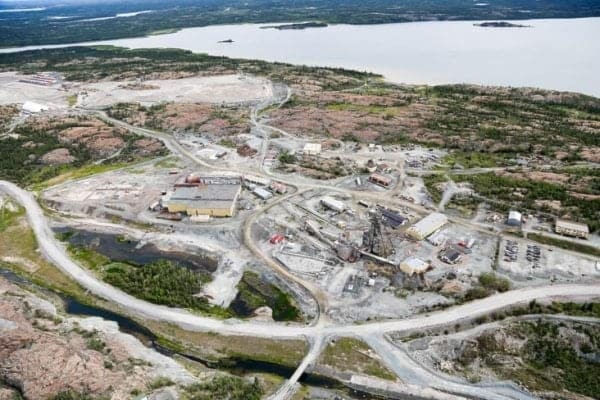From: Danielle Patzer, Yellowknife
Let’s talk about the consequences of climate change on the underground arsenic storage and long-term climate change planning of the GNWT.
I am a third-year student at the University of Alberta in a combined degree of Environmental and Conservation Sciences and Native Studies, and I will also be earning a Certificate in Sustainability. I grew up in Yellowknife and my academic career has added to my climate change experiences.
Climate change is a global issue; short-run planning for climate change demonstrates that climate change affects certain groups of people more than others. Generally, these groups of people live in the global south, sub-arctic and arctic regions. Climate change is associated with rising temperatures in the sub-arctic and arctic regions; hereby, melting permafrost.
As many Northerners know, arsenic was a by-product of Giant Mine and is now stored in frozen reserves underground. Arsenic naturally occurs in the environment in many forms and the form that was released through Northern mining is extremely harmful. Areas with high concentrations of arsenic are dangerous; consumption of water, fishing, swimming and harvesting are not recommended for these areas. I’d like to draw attention to the fact that increases in temperatures will increase the price of freezing this arsenic.
The GNWT has made a commitment to reduce greenhouse gas emissions through the 2030 NWT Climate Change Strategic Framework and the implementation of a carbon tax. Ergo, my question to the readers: is this enough?
